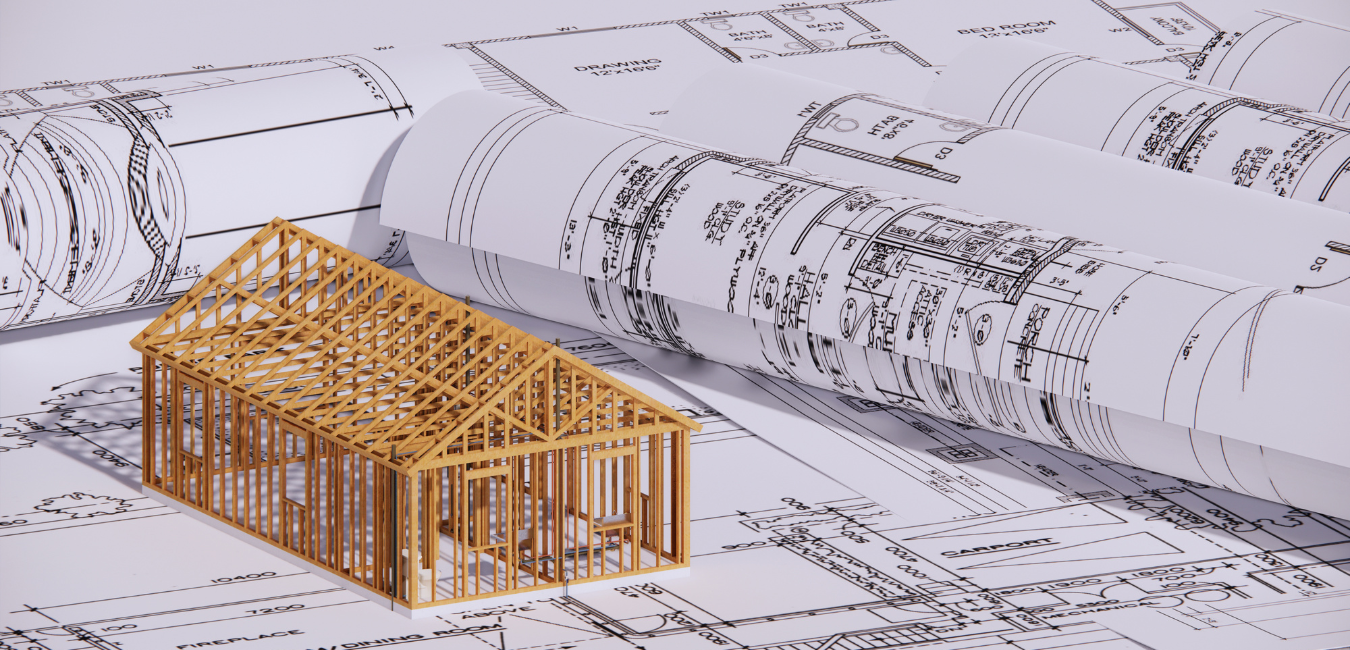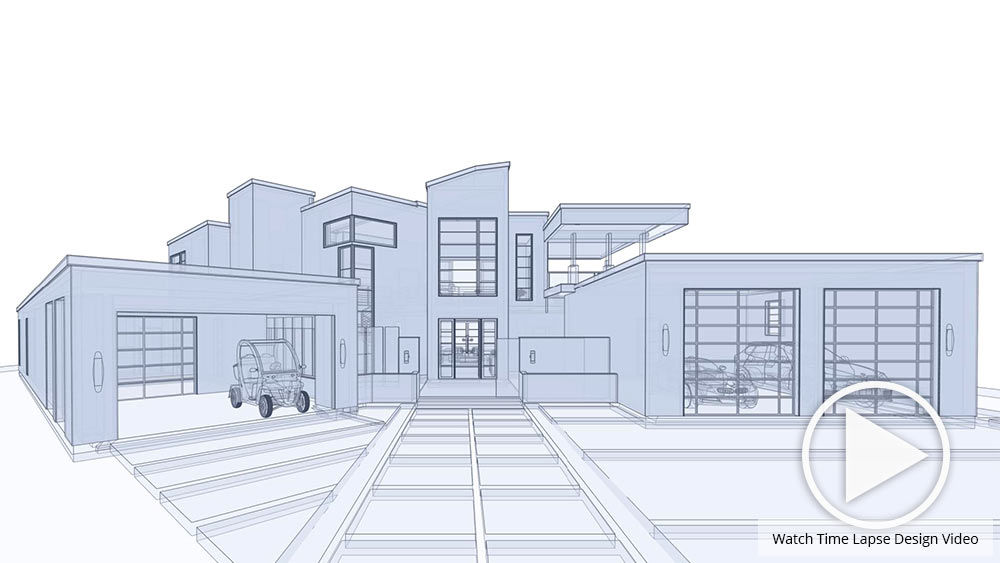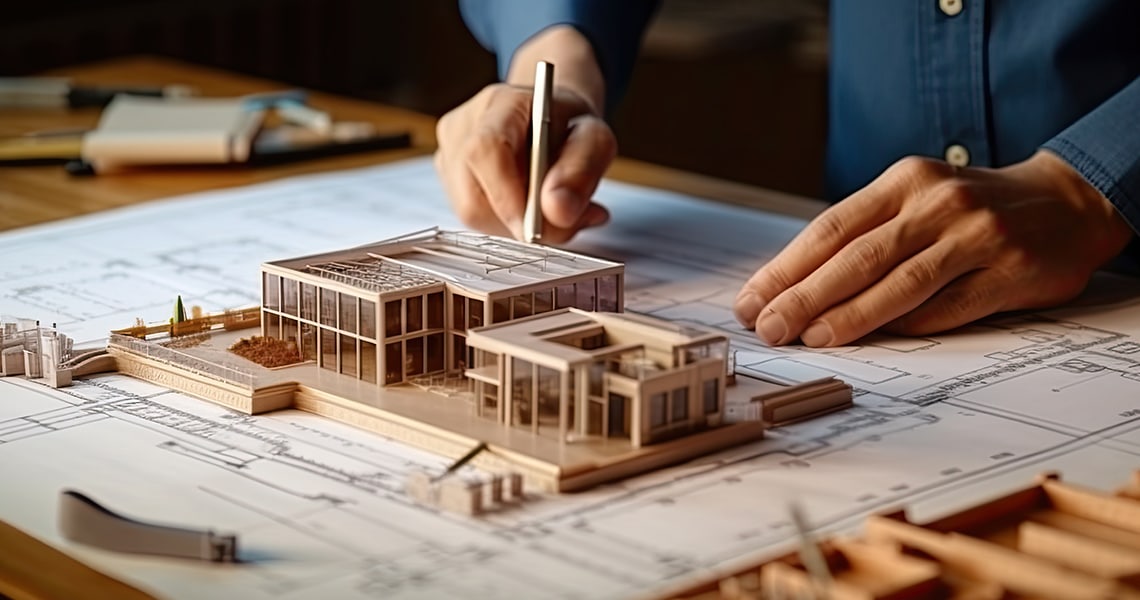Discover Ingenious Designs with Leading CDA Architects for Your Next Job
Discover Ingenious Designs with Leading CDA Architects for Your Next Job
Blog Article
The Influence of Technical Developments on the Layout Practices of Contemporary Architects
The quick development of technological devices has considerably improved the style landscape for modern architects, fostering extraordinary degrees of advancement and sustainability. The combination of Structure Info Modeling (BIM), parametric design, and fabricated intelligence has not only structured partnership among varied groups yet additionally redefined project execution. As designers embrace these innovations, they are faced with complex difficulties that can affect their creative procedures. Checking out these dynamics exposes a nuanced interplay between modern technology and standard style techniques, triggering a better evaluation of what the future holds for building methods.
Development of Architectural Equipment
Just how have architectural tools transformed the style and building and construction processes over the centuries? The advancement of building devices has substantially affected the effectiveness, accuracy, and creativity of design and construction. In old times, engineers rely upon rudimentary tools such as plumb bobs, gauging poles, and fundamental geometry to create frameworks. These devices laid the structure for early architectural technique, enabling the building of famous structures, albeit with limitations in accuracy and intricacy.
With the arrival of the Renaissance, the intro of the compass and the protractor marked a crucial change. These tools made it possible for designers to achieve better precision in their styles, helping with the development of more detailed and proportional buildings. The Industrial Change better reinvented building practice with the intro of mechanized tools and products, enabling larger and extra enthusiastic tasks.
In the 20th century, the advancement of computer-aided style (CAD) software application changed the landscape as soon as again, giving engineers with unmatched capabilities in modeling and visualization. Today, progressed tools such as Building Info Modeling (BIM) and parametric layout software application remain to push the borders of building advancement, making it possible for a much more incorporated technique to design and building and construction processes.
Boosted Partnership in Style
As innovation proceeds to evolve, improved partnership in design has become a foundation of modern-day architectural practice. The assimilation of digital tools such as Building Details Modeling (BIM), cloud-based platforms, and advanced visualization software has transformed the means architects, designers, and stakeholders connect throughout the design procedure. These tools promote real-time communication, permitting teams to share ideas, adjustments, and feedback instantly, despite geographical area.

Furthermore, interdisciplinary partnership has been structured with these technological advancements, enabling engineers to work extra closely with other specialists, such as urban organizers and ecological experts. The outcome is a more natural technique to make that takes into consideration numerous perspectives and know-how. Eventually, improved cooperation in design is not simply a pattern; it is crucial for creating innovative, practical, and visually pleasing style in a significantly complex world.

Sustainability Via Modern Technology
Sustainability in design has increasingly become intertwined with technical advancement, driving the market towards eco accountable practices. Contemporary engineers are leveraging sophisticated technologies to decrease ecological impact while boosting the efficiency of buildings. cda architects. One noticeable example is making use of Structure Information Modeling (BIM), which permits for exact planning and source allotment, lowering waste during construction and advertising energy effectiveness throughout a building's lifecycle
Additionally, smart products and energy-efficient systems are being integrated right into designs to enhance resource usage. Technologies such as photovoltaic or pv cells and eco-friendly roof harness renewable resource sources, adding to decreased carbon impacts. Additionally, the application of man-made intelligence in style procedures enables designers to simulate and examine power consumption, assisting choices toward Visit This Link even more lasting outcomes.
The combination of lasting technologies not only straightens with global environmental objectives yet also satisfies a raising demand from consumers for green services. As designers welcome these innovations, the focus moves in the direction of creating spaces that are not only visually pleasing but likewise functionally sustainable, consequently redefining the criteria of modern-day architecture. By doing this, innovation acts as a catalyst for sustainability, enabling architects to create structures that regard and boost the all-natural setting.
Challenges in Application
While technical advancements in architecture hold excellent pledge for boosting sustainability, their execution usually experiences significant difficulties. One primary barrier is the high learning contour connected with brand-new modern technologies. Engineers and building and construction specialists might need substantial training to properly make use of sophisticated software application and devices, which can postpone task timelines and raise prices.
Furthermore, the combination of arising innovations, such as Building Information Modeling (BIM) and lasting products, usually demands collaboration across multidisciplinary teams. This cooperation can be prevented by distinctions in expertise, operations, and interaction designs, causing prospective disputes and inefficiencies.

Furthermore, regulatory structures and building ordinance may not equal technological developments, producing ambiguity and potential conformity issues. This challenge can discourage designers from completely accepting brand-new modern technologies, as the risk of non-compliance might surpass the benefits. As a result, addressing these execution difficulties is critical for the successful integration of technological developments in contemporary architectural practices.
Future Patterns in Style
The challenges connected with the execution of brand-new technologies in design have actually prompted a reevaluation of future patterns within the market - cda architects. As engineers navigate problems such as sustainability, urbanization, and social equity, they are progressively taking on innovative innovations to enhance layout performance and environmental performance
One popular pattern is the assimilation of artificial intelligence (AI) in the design process. AI tools can examine substantial datasets to inform design decisions, enhancing both imagination and performance. In A Similar Way, Structure Details Modeling (BIM) remains to advance, enabling real-time collaboration among stakeholders and facilitating structured job monitoring.
Sustainable layout practices are additionally acquiring momentum, with engineers concentrating on flexible reuse and regenerative style principles that reduce resource consumption and waste. The incorporation of clever products and eco-friendly power sources will further improve the durability of buildings despite environment modification.
Furthermore, the rise of parametric layout enables more customized and context-sensitive building options (cda architects). By taking advantage of these developments, architects are positioned to produce built settings that not only hop over to here address the prompt requirements of society however also prepare for future difficulties, thus redefining the duty of design in an ever-changing world
Verdict
Technical improvements have significantly improved building design techniques, assisting in improved precision, collaboration, and sustainability. The assimilation of devices such as Building Information Modeling and parametric layout software application, together with artificial knowledge and wise materials, encourages designers to deal with complex challenges extra successfully.
Report this page